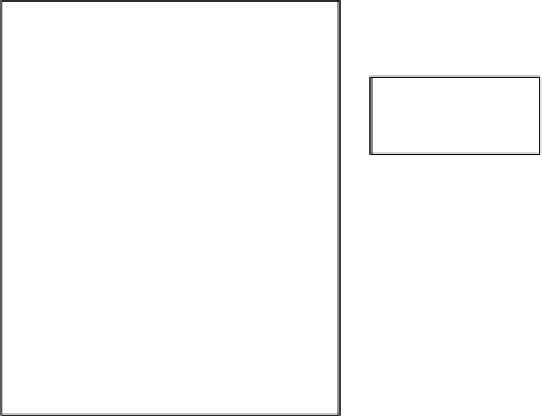Game Development Reference
In-Depth Information
Ball
false
shooting
ThreeColorGameObject
Vector2
position
0
rotation
x
0
y
0
Vector2
true
visible
velocity
x
0
y
0
...
colorRed
Vector2
...
colorGreen
origin
x
0
y
0
...
colorBlue
...
currentColor
Figure 11-3.
An instance of the
Ball
class (which inherits from
ThreeColorGameObject
)
You might be a bit puzzled by these two figures and the structures they present. Later, this chapter
discusses memory structure in a bit more detail. For now, assume that complicated objects
consisting of multiple member variables (such as
Cannon
or
Ball
instances) are stored differently
than simple numbers or Booleans. What that means and how you should properly deal with it in your
code are covered at the end of the chapter.
The
update
method in the
ThreeColorGameObject
class contains only a single line of code that
calculates the new position of the game object based on its velocity, the time passed, and its
current position:
this.position.addTo(this.velocity.multiply(delta));
Balls should do more than that. The ball velocity should be updated to incorporate drag and gravity;
the color of the ball should be updated if needed; and if the ball flies outside the screen, it should
be reset to its original position. You could simply copy the
update
method from the previous
version of the
Ball
class so that it replaces the
update
method of
ThreeColorGameObject
. A slightly
nicer way to do it is to define the
update
method in the
Ball
class but reuse the original
update
method from
ThreeColorGameObject
. This can be done by using the
call
method in a way very
similar to how you used it to call the constructor of the superclass. Here is the new version of the
Ball.update
method:
Ball.prototype.update = function (delta) {
ThreeColorGameObject.prototype.update.call(this, delta);
if (this.shooting) {
this.velocity.x *= 0.99;
this.velocity.y += 6;
}




































Search WWH ::

Custom Search